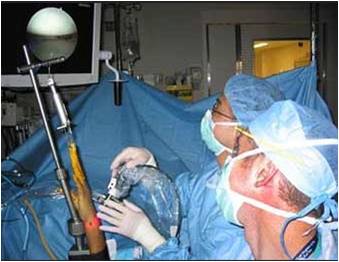1. TFCC Tear:
The triangular fibrocartilage complex (TFCC) is a cartilage structure located on the small finger side of the wrist that cushions and supports the small carpal bones in the wrist. The TFCC keeps the forearm bones (Radius and ulna) stable when the hand grasps or the forearm rotates.

Symptoms:
Wrist pain which increases with activity
Causes:
It can be caused due to fall on an outstretched hand, excessive arm rotation, or due to some inflammatory disorders such as rheumatoid arthritis, Gout.
Management:
Non-Surgical:
In the initial stages it can be treated with:
- Immobilization

- Non-steroidal anti inflammatory medication
- Steroid injections
Surgical:
Surgery is generally needed for those who don’t respond to conservative treatment. This can be performed arthroscopically through limited incisions and some can be fixed by debriding or cleaning the damaged tissue.

2. Wrist Instability:
It is an injury where there is loss of normal alignment of the carpal bones and/or the radioulnar joint.
Wrist instability or carpal instability occurs when wrist is damaged by trauma, chronic inflammation or anatomical alterations like ulnar variance and neoplasms.
Types of Wrist Instability:

1.Volar intercalated segment instability(VISI):
VISI is said to be present when there is volar flexion of the lunate >15 degrees when the wrist is in a neutral position. This occurs because of loss of ulnar support from the triquetrum and the lunate has a tendency to flex.
2.Dorsal intercalated segment instability(DISI):
DISI is said to occur when the lunate slips into fixed extension>10 degrees. This occurs when radial ligamentous stability is broken.
Management:
Non-Surgical:
- External support
- Analgecics
- Steroid injections
- Musculotendinous Exercises
Surgcial:
If the conservative management fails, Arthroscopic debridement can be done.